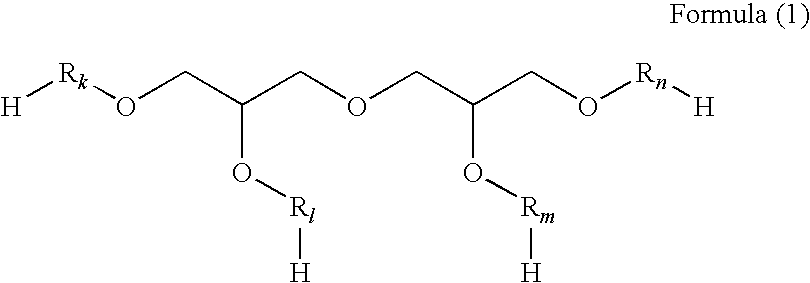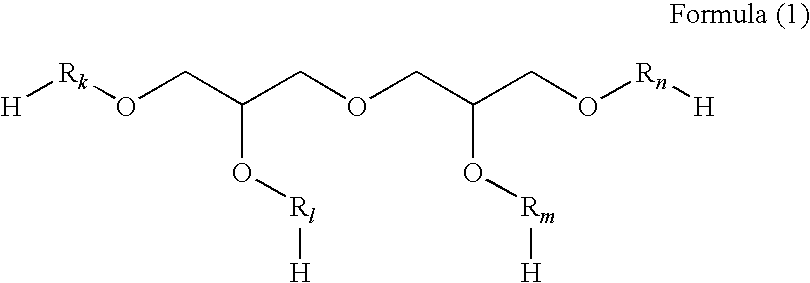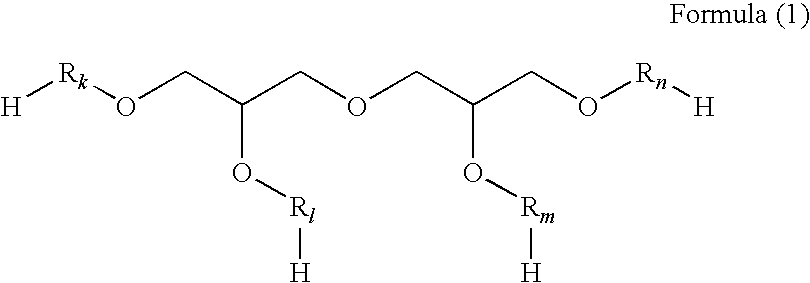Inkjet recording method
- Summary
- Abstract
- Description
- Claims
- Application Information
AI Technical Summary
Benefits of technology
Problems solved by technology
Method used
Image
Examples
example 1
Preparation of Support
[0245]50 parts of LBKP obtained from acacia and 50 parts of LBKP obtained from aspen were respectively processed by beating using a disc refiner to obtain a Canadian freeness of 300 mL, and thus a pulp slurry was prepared.
[0246]Subsequently, to the pulp slurry obtained as described above were added 1.3% of cation-modified starch (trade name: CAT 0304L, manufactured by Nippon NSC, Ltd.), 0.15% of anionic polyacrylamide (trade name: DA4104, manufactured by Seiko PMC Corp.), 0.29% of an alkyl ketene dimer (trade name: SIZEPINE K, manufactured by Arakawa Chemical Industries, Ltd.), 0.29% of epoxidated behenic acid amide, and 0.32% of polyamide-polyamine-epichlorohydrin (trade name: ARAFIX 100, manufactured by Arakawa Chemical Industries, Ltd.), based on the pulp, and thereafter, 0.12% of an antifoaming agent was added thereto.
[0247]The pulp slurry prepared as described above was made into paper using a Fourdrinier paper machine. In a process of drying the paper by ...
PUM
| Property | Measurement | Unit |
|---|---|---|
| thickness | aaaaa | aaaaa |
| RH | aaaaa | aaaaa |
| viscosity | aaaaa | aaaaa |
Abstract
Description
Claims
Application Information
 Login to View More
Login to View More - R&D
- Intellectual Property
- Life Sciences
- Materials
- Tech Scout
- Unparalleled Data Quality
- Higher Quality Content
- 60% Fewer Hallucinations
Browse by: Latest US Patents, China's latest patents, Technical Efficacy Thesaurus, Application Domain, Technology Topic, Popular Technical Reports.
© 2025 PatSnap. All rights reserved.Legal|Privacy policy|Modern Slavery Act Transparency Statement|Sitemap|About US| Contact US: help@patsnap.com



